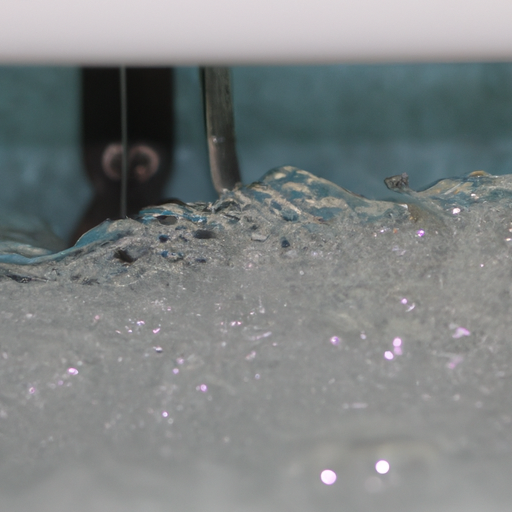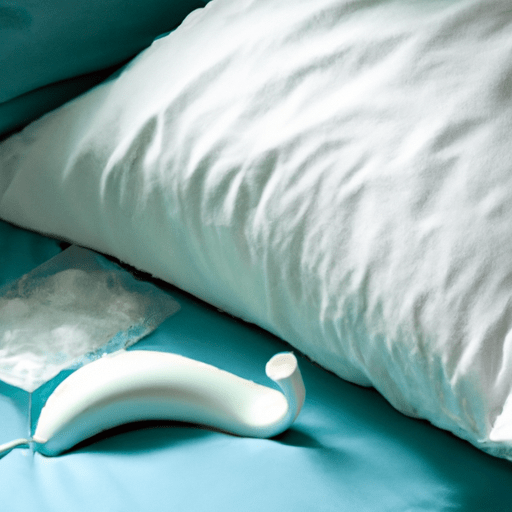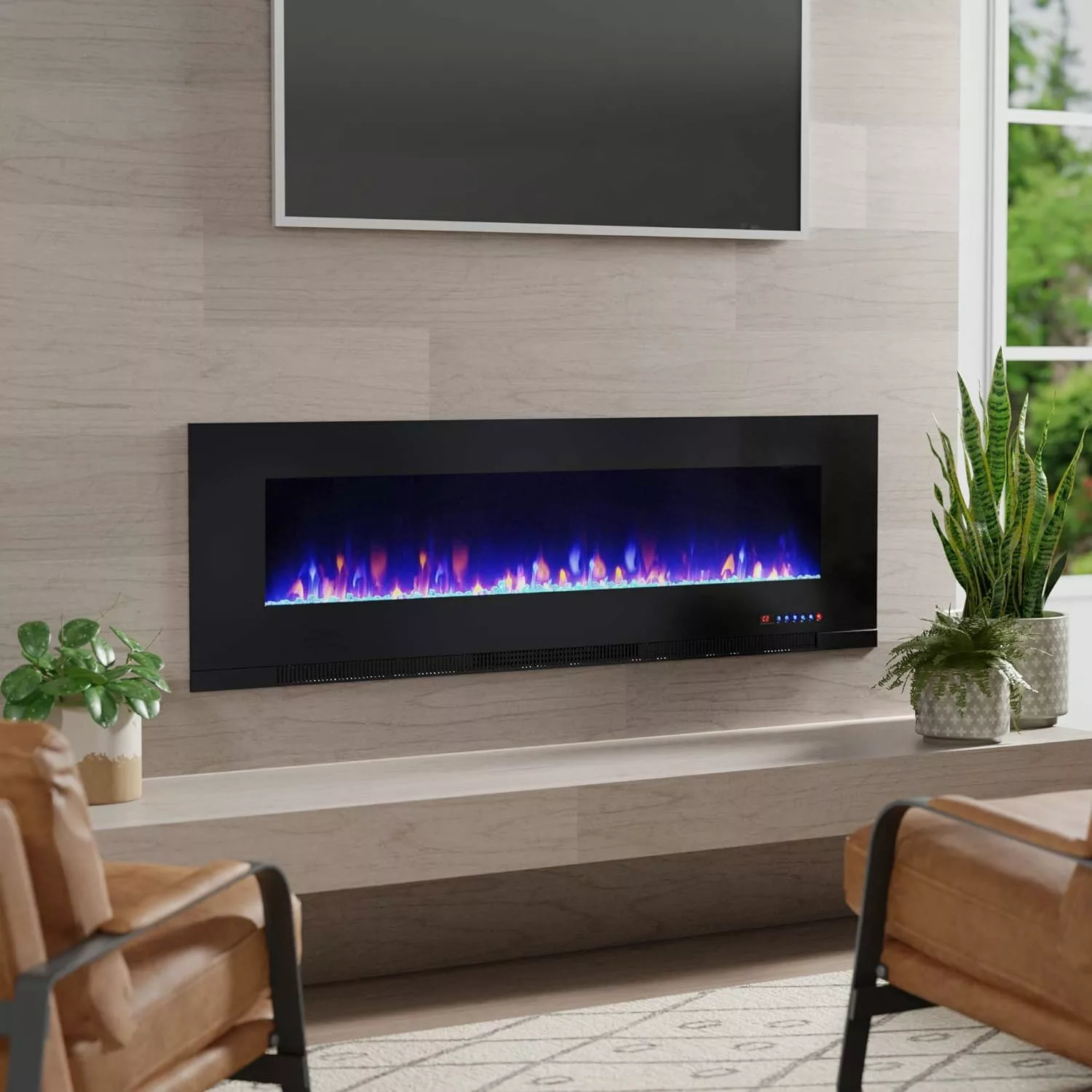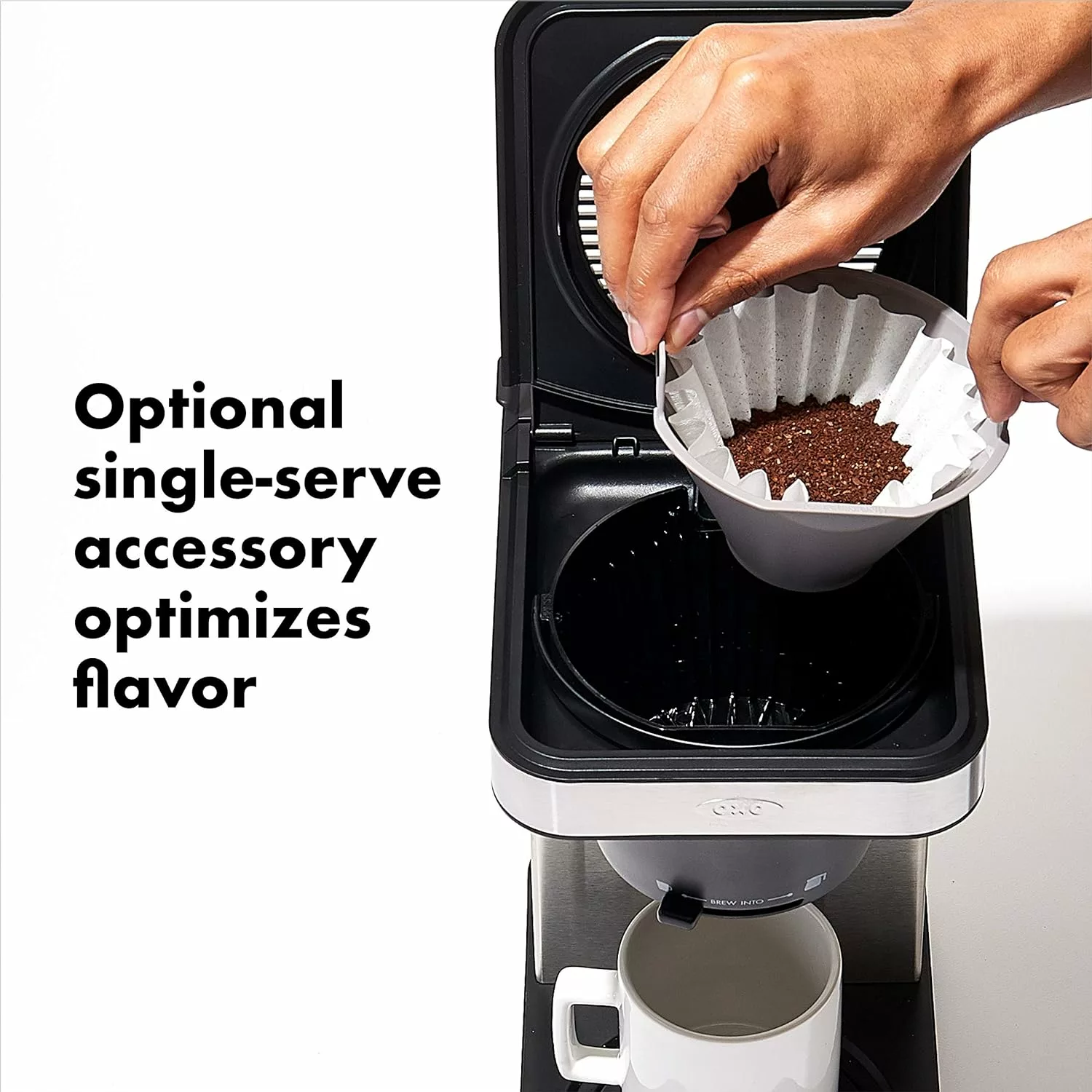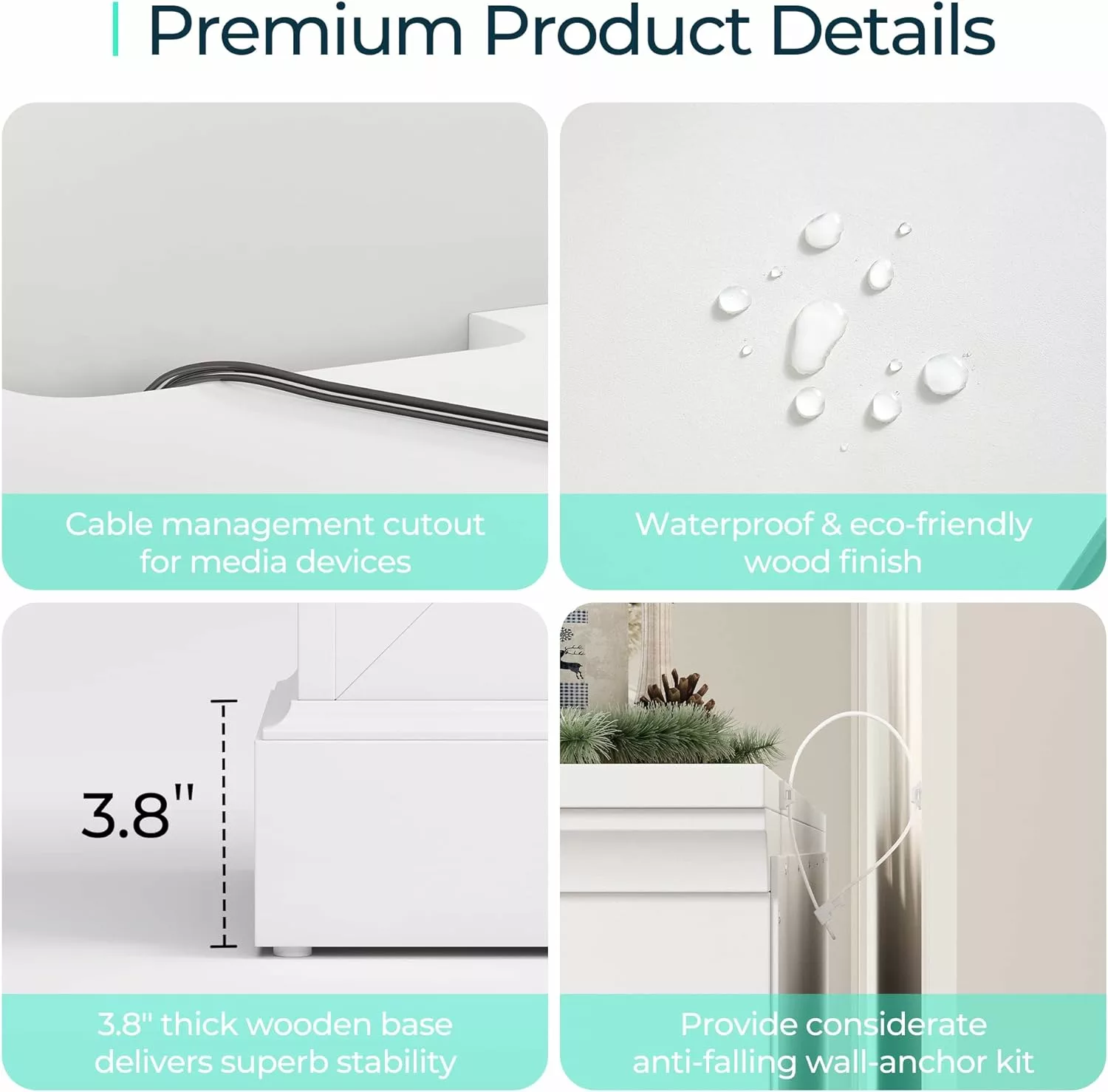So you’re relaxing in your hot tub, enjoying the warm water and soothing jets, when suddenly you notice a problem – there’s an air lock. The jets aren’t working properly, and it’s taking away from your relaxation time. Don’t worry, it’s a common issue that can be easily fixed. In this article, you’ll find simple and practical steps to get your hot tub back on track, eliminating the air lock and ensuring a seamless and enjoyable soak.
This image is property of images.unsplash.com.
Identifying the Symptoms of an Air Lock
If you’ve noticed some issues with your hot tub, such as decreased water flow, a loud noise coming from the pump, air bubbles in the water, or inadequate heating, you might be dealing with an air lock. Don’t worry, though – identifying the symptoms is the first step towards resolving the issue and getting your hot tub back to its fully functional state.
Decreased Water Flow
One of the telltale signs of an air lock in your hot tub is a noticeable decrease in water flow. If you’re used to a strong and consistent flow of water, but now you’re experiencing weak or even intermittent flow, it’s a clear indicator that there’s an air lock somewhere in the system.
Loud Noise from the Pump
If you hear an unusual, loud noise coming from the pump when you turn on your hot tub, it’s likely caused by an air lock. The noise can be a result of trapped air within the pump, disrupting its normal operation and causing it to work harder than usual.
Air Bubbles in the Water
Do you see air bubbles rising through the water in your hot tub? While some bubbles are normal, excessive amounts of air bubbles can be a sign of an air lock. Air can get trapped in the plumbing system and escape into the water, leading to a bubbly appearance.
Inadequate Heating
An air lock can also impact the heating functionality of your hot tub. If you notice that the water is taking longer to heat up or is not reaching the desired temperature, it could be due to an air lock preventing the efficient circulation of water and heat within the system.
Locating the Air Lock
Now that you’ve identified the symptoms of an air lock, the next step is to locate its exact source. By pinpointing the area where the air lock is occurring, you’ll be able to apply the appropriate fix and restore the proper water flow in your hot tub.
Checking the Water Jets
Begin your search for the air lock by inspecting the water jets in your hot tub. Sometimes, clogged or malfunctioning jets can cause air to become trapped. Check for any blockages or debris that might be obstructing the jets and preventing proper water flow.
Inspecting the Pump and Filter
Next, examine the pump and filter of your hot tub. A malfunctioning or clogged pump can lead to an air lock. Inspect the pump strainer basket for any debris or obstructions, and clean or replace the filter as necessary. Additionally, check for any leaks or blockages in the pump system that may be causing the air lock.
Examining the Plumbing Connections
The plumbing connections of your hot tub should also be thoroughly examined. Loose connections can create air gaps and allow air to enter the system, resulting in an air lock. Tighten any loose connections you find and inspect the pipes for any signs of damage or cracks. If any parts appear faulty, consider repairing or replacing them to prevent future air locks.
Releasing the Air Lock
Once you’ve located the air lock, it’s time to release it and restore proper water flow in your hot tub. There are a few methods you can use to accomplish this, including utilizing the jet function, manually bleeding the air out, or using a submersible pump.
Using the Jet Function
One of the simplest ways to release an air lock is by utilizing the jet function of your hot tub. Start by turning on the hot tub and activating the jet function. Allow the hot tub to run for a few minutes, as this will help the air lock clear out. During this time, monitor the water flow and observe if the air bubbles dissipate. If necessary, repeat the process until the air lock is fully released.
Bleeding the Air Out Manually
If the jet function doesn’t completely resolve the air lock, you can try manually bleeding the air out. Begin by turning off the hot tub and locating the bleed valve, typically located near the pump or on the plumbing lines. Open the bleed valve and turn on the pump while keeping an eye out for escaping air. Allow the pump to run for a few minutes, ensuring that all the air is being released. Once the air is expelled, close the bleed valve and turn the hot tub back on to check if the air lock is resolved.
Using a Submersible Pump
In more stubborn cases, using a submersible pump can be an effective method to release an air lock. Start by turning off the hot tub and preparing the submersible pump according to the manufacturer’s instructions. Submerge the pump in the water, making sure it’s fully immersed. Activate the pump and monitor for any air bubbles or air release from the system. After the air lock is released, turn off the pump, remove it from the water, and check if the water flow is restored.
Checking and Resealing the Water Jets
To prevent future air locks, it’s crucial to regularly check and reseal the water jets in your hot tub. Start by turning off the hot tub and inspecting all the water jets. Ensure that all the jet fittings are tight, and if any fittings are loose, tighten them appropriately. To provide extra sealing, you can apply Teflon tape or a jet gasket to the jet fittings. Finally, secure the jet faceplate to prevent any air leakage.

This image is property of images.unsplash.com.
Inspecting the Pump and Filter
Regularly inspecting the pump and filter of your hot tub is essential for preventing air locks. Turn off the hot tub and carefully examine the pump strainer basket for any debris or blockages. Clean the basket thoroughly or replace it if necessary. Additionally, check the filter to ensure it’s clean and functioning properly. By keeping both the pump and filter in good condition, you’ll minimize the chances of air locks occurring.
Examining the Plumbing Connections
Inspecting the plumbing connections of your hot tub is vital to prevent any potential air locks. Similar to checking for air leaks during the air lock identification stage, turn off the hot tub and thoroughly inspect all the plumbing connections. Tighten any loose connections you find to prevent air gaps. Additionally, pay close attention to the pipes for any signs of damage or cracks. If you notice any faulty parts, promptly repair or replace them to avoid future air lock issues.

This image is property of images.unsplash.com.
Preventing Future Air Locks
Now that you’ve successfully resolved the air lock in your hot tub, it’s essential to take preventive measures to avoid future occurrences. By following these tips, you can maintain a healthy and properly functioning hot tub:
Maintaining Proper Water Chemistry
Ensure that you regularly test and balance the water chemistry in your hot tub. Properly balanced water helps prevent corrosion and scale buildup, reducing the likelihood of blockages that can contribute to air locks.
Regularly Checking the Water Level
Keep an eye on the water level in your hot tub and ensure it remains within the recommended range. A low water level can increase the chances of air getting trapped in the system.
Keeping the Jets Clean
Regularly clean your hot tub’s water jets to prevent blockages. Remove any debris or buildup that may restrict water flow, which can lead to air locks.
Maintaining the Pump and Filter
Regularly maintain the pump and filter of your hot tub by cleaning and replacing as necessary. This regular upkeep will help prevent blockages and ensure proper water flow throughout the system.
Following Manufacturer Guidelines
Always refer to your hot tub’s manufacturer guidelines for specific maintenance and care instructions. Following these guidelines will help you prevent any potential issues, including air locks.
By diligently following these preventive measures, you can minimize the likelihood of future air locks and enjoy a trouble-free hot tub experience. Remember to regularly inspect and maintain your hot tub to keep it running smoothly and efficiently.
